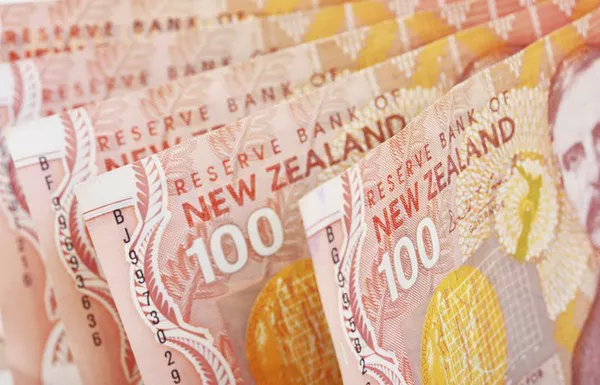New Zealand Dollar Currency History
The New Zealand dollar (NZD) holds a pivotal place in the economic landscape of Aotearoa, the Land of the Long White Cloud. The currency’s history is intertwined with the nation’s journey toward financial independence. Before the NZD came into existence, New Zealand used the New Zealand pound. However, with the introduction of decimal currency in 1967, the New Zealand dollar emerged as the official currency, replacing the pound at a rate of two dollars to one pound.
The transition to the decimal system streamlined financial transactions and underscored New Zealand’s commitment to modernization. The Reserve Bank of New Zealand, the nation’s central bank, assumed the responsibility of issuing and regulating the new currency. Since its inception, the New Zealand dollar has become a symbol of economic stability and resilience.
New Zealand Dollar Currency Symbol
The New Zealand dollar is denoted by the symbol “$” or “NZ$” to distinguish it from other dollar-denominated currencies. The use of the dollar symbol aligns with international currency standards, emphasizing New Zealand’s integration into the global economic framework. The inclusion of “NZ$” provides clarity, ensuring that the currency’s affiliation with New Zealand is readily recognizable.
New Zealand Dollar Currency Codes
In the realm of international finance, standardized codes are crucial for precise and efficient transactions. The New Zealand dollar is officially designated by the ISO code “NZD.” This three-letter code serves as a universal identifier, facilitating seamless communication in the global financial arena. Whether in international trade or financial reporting, the NZD code plays a vital role in maintaining clarity and accuracy.
New Zealand Dollar Denominations
The New Zealand dollar exists in a range of banknote and coin denominations, each designed with a blend of artistic elements and security features.
Banknotes:
$5 Note: Featuring Sir Edmund Hillary, the first person to reach the summit of Mount Everest, and Sir Ernest Rutherford, the Nobel Prize-winning physicist. This note also showcases a depiction of Aoraki/Mount Cook and a native bird, the Kea.
$10 Note: Showcasing Kate Sheppard, a pioneering suffragette, alongside a portrait of the whio (blue duck). The note also features the wharenui (meeting house), a testament to the significance of community and gathering.
$20 Note: Highlighting Queen Elizabeth II and the native bird, the Karearea (New Zealand Falcon). The note captures the essence of the country’s biodiversity and the enduring connection to the British monarchy.
$50 Note: Featuring Sir Āpirana Ngata, a prominent Māori political leader, and Sir Edmund Hillary. The note pays homage to the meeting house, Te Hau ki Tūranga, symbolizing the rich cultural heritage of New Zealand.
$100 Note: Showcasing Lord Rutherford of Nelson and features a depiction of the Southern Alps. The note also includes the native bird, the Mohua (Yellowhead), representing New Zealand’s unique flora and fauna.
Coins:
10 cents: Featuring the Māori carving of a manaia (spiritual guardian) and the silver fern.
20 cents: Showcasing the Māori carving of a koruru (representing ancestors) and the silver fern.
50 cents: Featuring Captain James Cook’s ship, the Endeavour, along with a depiction of the Southern Cross constellation.
$1 coin: Showcasing a kiwi bird – an iconic symbol of New Zealand’s unique wildlife.
$2 coin: Featuring a kotuku (white heron) in flight – a representation of New Zealand’s diverse birdlife.
Conclusion:
The New Zealand dollar, with NZD rich history, distinctive symbol, standardized codes, and diverse denominations, stands as a testament to New Zealand’s economic vitality and cultural heritage. The currency’s evolution reflects the nation’s journey toward modernization and its commitment to inclusivity, incorporating Māori cultural elements alongside symbols of global significance.
As the New Zealand dollar continues to circulate both domestically and in the international arena, it serves not only as a medium of exchange but as a tangible representation of the nation’s identity. The kiwi currency, adorned with images of notable figures, native birds, and cultural symbols, weaves a narrative that resonates with New Zealand’s past, present, and future. Whether in the hands of locals engaging in everyday transactions or in the portfolios of global investors, the New Zealand dollar remains a key player in the vibrant symphony of the nation’s economic story.


